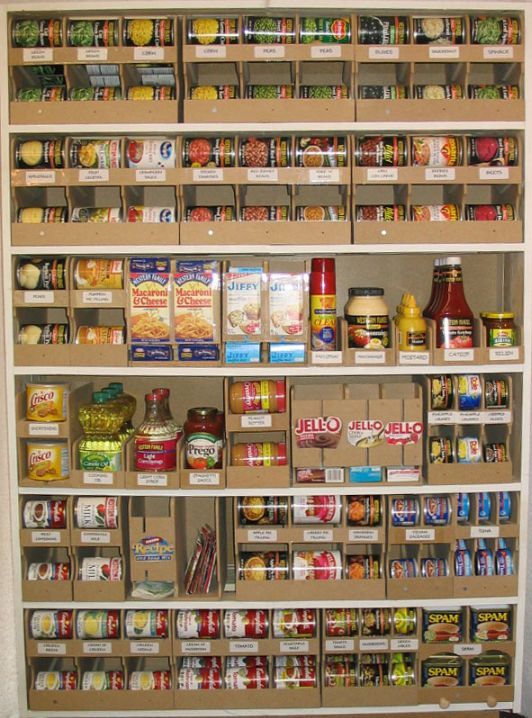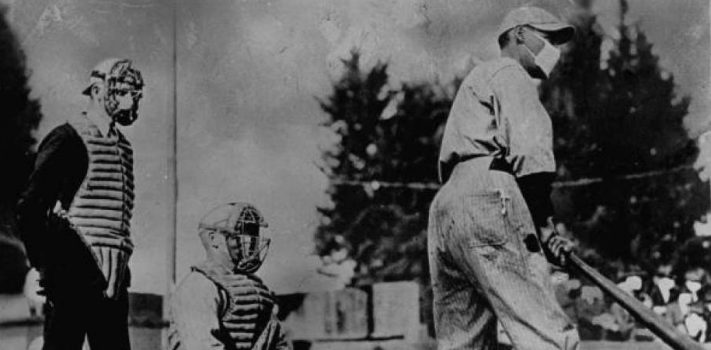Propaganda and My Prepping – Part 2, by St. Funogas
(Continued from Part 2.) Propaganda can also be very damaging to us as individuals, and especially to us as a nation. Advertising = propaganda is ultimately about controlling us. Controlling us so we’ll quit littering, or controlling us so we’ll hand over our money and buy their products instead of the competition’s, or controlling us so we won’t object when they take away more of our freedoms either in the form of raising our taxes again or by passing more laws pushing us towards a more Orwellian future that awaits us. The term Military Industrial Complex (MIC) was popularized by …










